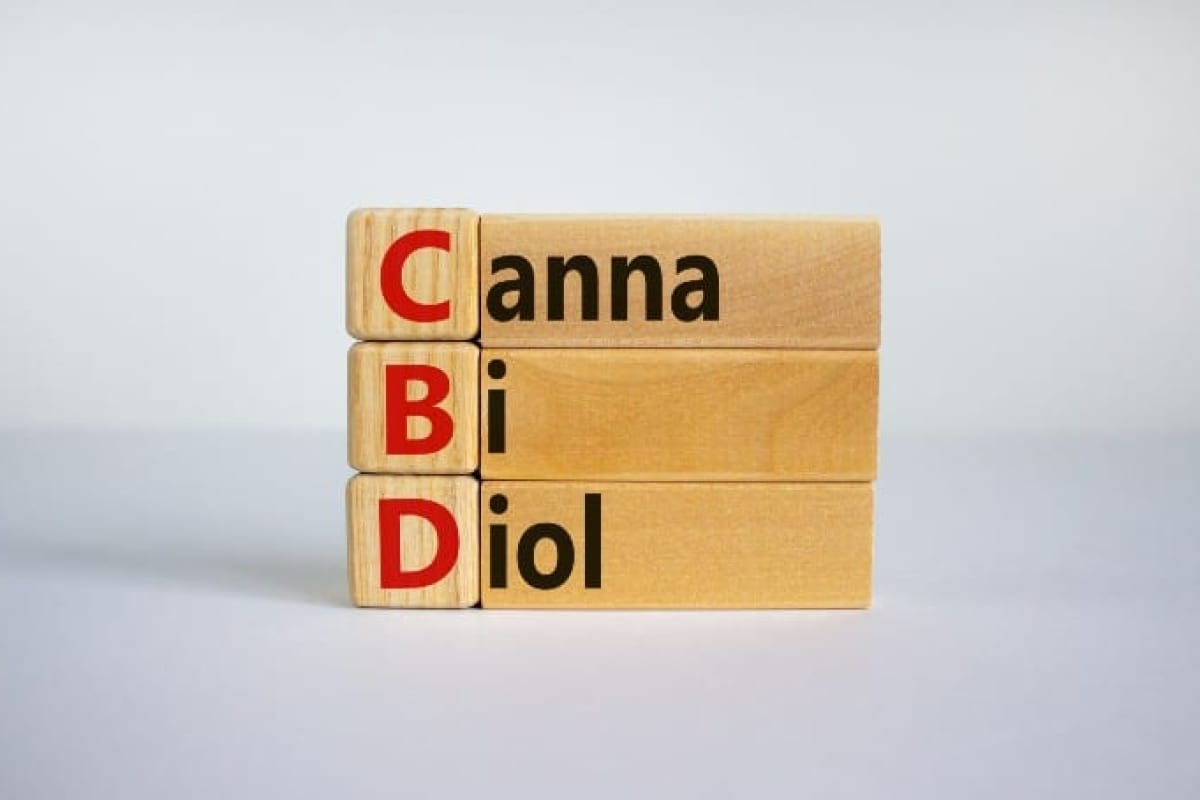What is CBD?
Ah! The million-dollar question. What is CBD? Unfortunately, there is a lot of assumptions about CBD that are totally false.
You mention CBD and people get that look on their face or they immediately say. “Oh no, I don’t do that” Why? Because they often think you are talking out Marijuana or Pot or “getting high.” (On a side note: Cannabis is another name for Marijuana – Cannabis refers to a group of three plants with psychoactive properties, known as Cannabis sativa, Cannabis indica, and Cannabis ruderalis.)
So here we go, there’s no shame in asking the question: what is CBD? It’s stocked in many stores and infused in just about every other product. But staying current and knowledgeable isn’t the easiest with all the buzzwords, hype, and industry changes.
CBD is not the same thing as marijuana. While it comes from a similar plant strain, CBD most often comes from hemp – not marijuana.
So what is the difference between hemp CBD and cannabis CBD?
For starters, CBD (cannabidiol oil) is a nonpsychoactive phytocannabinoid found in both Cannabis sativa and hemp plant varieties. As long as CBD products contain less than 0.3% THC, it’s considered federally legal. Ultimately, it’s up to states to decide.
Here’s the catch: hemp CBD isn’t the same as cannabis (or marijuana)-derived CBD. Why? The government classifies CBD based on how much tetrahydrocannabinol (THC) it has.
Hemp-derived cannabis comes from industrial hemp and contains THC less than or equal to 0.3%; cannabis-derived CBD has higher THC levels and may not be legal in every state.
We all hear them, but what do these words mean?
There are a lot of terminologies thrown around. Below, you’ll find definitions of the most commonly used CBD terms:
Full-Spectrum vs. Broad-Spectrum
Full and broad: words that are terribly vague. In terms of CBD, they have to do with what compounds are found inside hemp extract. Full-spectrum extract includes CBD, terpenes (see below), other phytocannabinoids such as CBN or CBG, and less than 0.3% THC.
Broad-spectrum extract is different because it contains zero THC, but it also has CBD, terpenes, and additional hemp compounds. The difference essentially comes down to if there’s THC or not. You will often see CBD tinctures either marketed as full or broad-spectrum extracts.
Entourage Effect
This one is a bit more controversial. The entourage effect is a theory that says that terpenes have a synergistic effect when combined with phytocannabinoids, flavonoids, and other inactive substances in hemp. In other words, the more cannabis compounds, the better the health benefits.
To reiterate, the entourage effect is only a theory. Researchers haven’t verified whether it’s true or not due to research limitations. However, you could theoretically benefit from the entourage effect by choosing 1:1 CBD and THC products with terpenes.
Terpenes
Terpenes are essential oils synthesized in the trichomes (fuzzy, white dust) of hemp/cannabis. They’re the reason no two strains smell the same. All plants and most vegetables contain terpenes. They serve as a defense mechanism in nature against predators and environmental stressors.
On their own, terpenes stimulate different physical responses, such as decreased heart rate. Pinene, linalool, and limonene are all common terpenes found in nature and in hemp/cannabis. It’s common knowledge amongst many cannabis users that eating a slice of mango before smoking myrcene-rich strains enhances the mind and body effects.
Bioavailability
Bioavailability refers to the rate of absorption and how soon you can expect to feel the effects of hemp/cannabis. This varies between different delivery methods. For example, using a CBD nasal spray is more bioavailable than eating an edible, because it bypasses digestion in the liver and goes directly to the bloodstream via the nasal cavity.
That said, CBD gummies, such as NYOS’, are an ideal bedtime supplement because the sleepy effects take longer to work, which means they may be able to help you fall asleep and stay asleep due to their slower bioavailability.
The CBD stigma
Contrary to popular belief, CBD doesn’t make you “high” like THC. There’s a lot of stigma surrounding hemp/cannabis because of how it’s depicted in entertainment, specifically movies and music. Despite the assumptions, smoking isn’t the only way to use hemp. Capsules, tinctures, and topicals are popular alternatives.
CBD is a wellness supplement, not a drug. At the end of the day, we’re all talking about a medicinal plant.
To sum it up
It’s completely understandable to feel confused about CBD, especially with all the chemistry-talk and marketing buzzwords. Hopefully, by now, you have a better understanding of CBD and feel more empowered to try it yourself.
FAQs
What is CBD used for?
People use CBD for pain, sleep, anxiety, depression, nausea, arthritis, seizures, and many other inflammatory health conditions.
Does CBD really do anything?
Unlike marijuana, which contains the psychoactive compound THC, CBD is nonpsychoactive. Although CBD doesn’t produce a “high,” CBD can counteract and level out the negative effects of THC, such as increased anxiety and lethargy. Additionally, research supports the anti-inflammatory and anti-seizure effects of CBD.
Is CBD a drug?
According to federal law, CBD is not and was never a drug. The passage of the 2018 Farm Bill made this fact clear: hemp-derived CBD is not a controlled substance.
What is CBD and why is it legal?
CBD is a compound present in both hemp and cannabis plants. The federal government classifies CBD as legal because it has known medicinal properties.
What is the CBD meaning?
CBD stands for cannabidiol oil. It’s one of more than a hundred cannabinoids found in the cannabis plant. CBD oil can also be extracted from hemp, which is not the same as marijuana.
